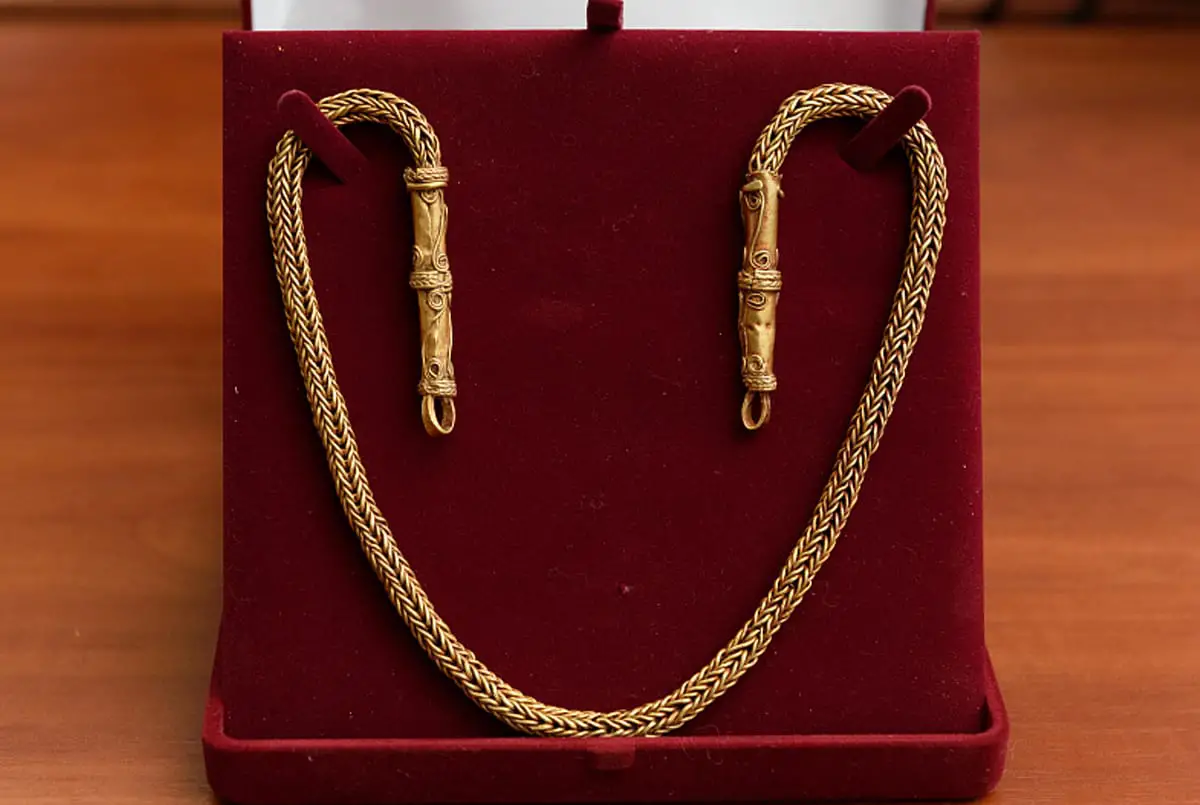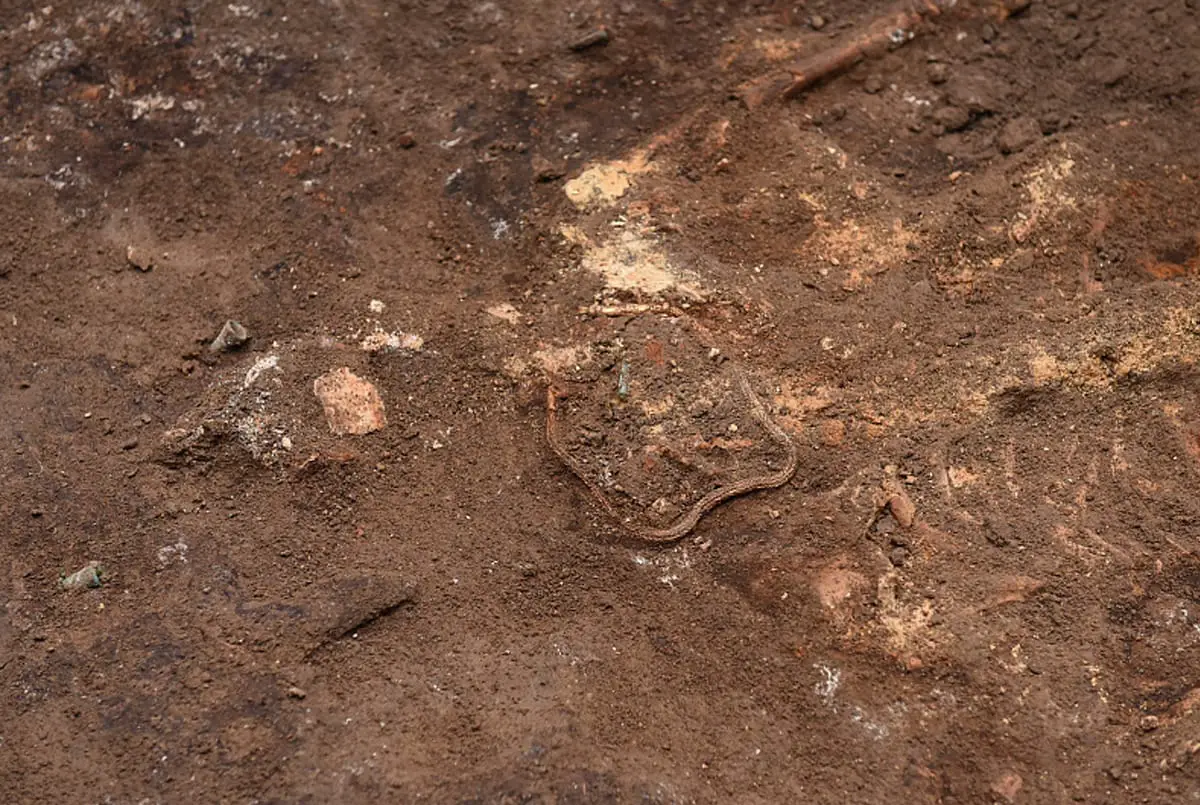Archaeologists from the Don State Technical University, and the Southern Scientific Centre of the Russian Academy of Science have excavated a burial mound containing Scythian Grave Goods.
The Scythians, also known as Scyth, Saka, Sakae, Iskuzai, or Askuzai were an ancient nomadic people of Eurasia that mainly centred on the Pontic steppe from about the 7th century BC until the 3rd century BC.
Research of a cluster of burials in the area between the Don and Kagalnik rivers in the Rostov region of Russia have been under continuous study since 1967, with the latest series of excavations focusing on a large mound containing medieval, Bronze Age, and Scythian burials.
Near the mound, archaeologist have found an assemblage of bronze adzes (a type of cutting tool), and a polished stone axe from the Cimmerian period during the 8-7th century BC.
In the centre of the mound was the disturbed burial of a Scythian noble from the 4th century BC, and the accompanying remains of a tribal warrior buried with an ornate gold chain and a small cast horse.

Near the warrior, the team also found two spears, a large iron sword decorated on the hilt with gold foil, a wooden sheath, a sling, a quiver, a bronze cauldron, and several broken arrows associated with the funerary practice of sprinkling broken arrows over the deceased by a priest.
The burial of the cast horse was located in a higher context, ordained with deer antlers and decorated with a style that is typical for the tribes of the Urals or Altai Mountains.
The remains from the burials will be sent for anthropological analysis, where experts will examine the teeth to try and determine the sex, age, and insights into the diet and health.
Don State Technical University
Header Image Credit : Don State Technical University





